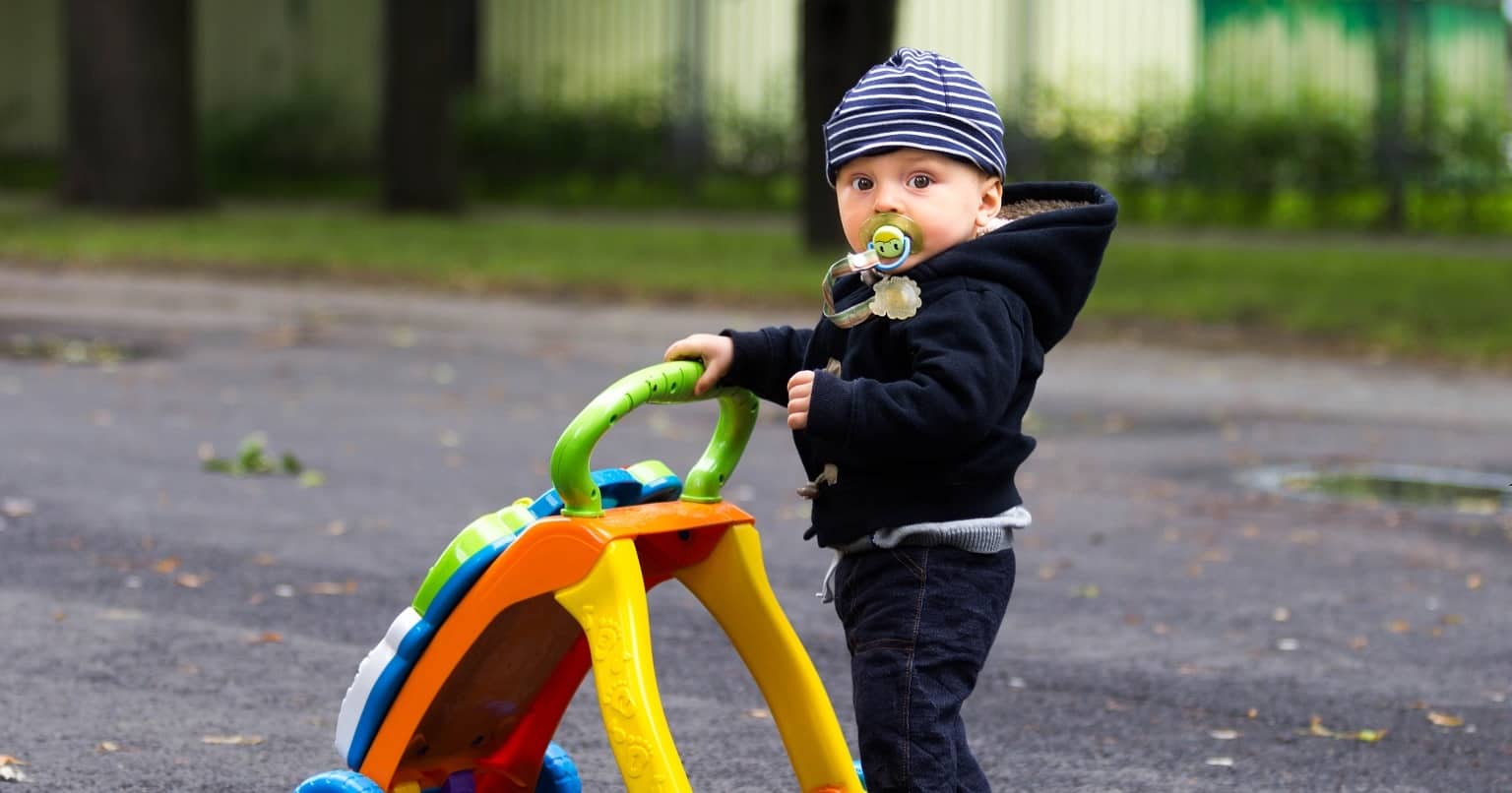
03 Jul 5 Powerful Ways to Deal With a Toddler
Just like babies, toddlers cry because they’re hungry, tired, uncomfortable or need to feel connected with you. Once your toddler can talk, it will be much easier for them to express why they’re upset and for you to understand what they need. Here are five tips to manage your toddler’s crying, according to online pokies real money.
- Start with “child eyes.”
Kid brains and adult brains operate completely differently. It would be cool if we were always on the same page, but most of the time kids and adults want opposite things. When kids are whining, it’s usually about something that is very important to them: Playing, slowly taking in life, trying out new things, seeking to understand how the world works, having fun or finishing the game they started. To adults these all seem like unimportant things, but when a child falls into whining, what they are actually doing is telling you about something that matters to them. This is not to condone whining, but if you’re able to see through “child eyes,” you can start to see a whole new perspective on what is actually happening.
- Find the missed communication
At first glance whining may appear like manipulation, but what is typically occurring with a toddler whining and crying all the time is this: The child is trying to communicate a message to you. Dealing with toddler whining like a parenting ninja using seven powerful ideas. Since all kids will continue to communicate until they feel heard and understood, it makes sense why the whining and crying only intensifies until you “get it.” This is why kids will continue to say the same thing over and over again, even after you said they cannot have it.
When the child says, “I want a banana.” You look at your watch and see it’s 20 minutes before dinner and say, “No, you cannot have a banana.” The child will keep coming back over and over again asking for the banana. This is enough to drive you insane. What the child actually wants in this situation is for you to say, “Of course you want the banana! You LOVE bananas. They are your favorite. And if you could eat bananas all day long, you would!” If you can find the missed communication and validate what the child wants, it can be a great first step towards helping the child calm themselves down. Only once a child knows that you “get it” can they entertain the idea of calming and finding an alternative solution.
- Meet the underlying healthy need.
All kid behaviors are driven by three healthy needs: Power, experience and connection. Everything kids are doing is already meeting those needs. When children are trying to meet a need for experience, power or connection, and it’s not working, they will persist over and over again in all sorts of different ways until the need is met. If your child turns to whining it’s usually about connection or power. Sometimes a little bit of both. The need for connection revolves around the child wanting to feel heard, understood and connected to you.
The need for power is about control — wanting to control their environment, those individuals in their environment or learning to control themselves. After all, the greatest power of all is self-control. If you’re able to help your child discover ways meet their needs in a way that is OK with you, then you start to create situations where you both win. During these times, you should avoid playing your favourite games at rivernilecasino.com to support your child.
- Discover patterns
If a toddler whining and crying all the time is a frequent pattern in your home that can actually be a good thing! Now you can anticipate the whining ahead of time, make a plan and work on it proactively. When working with toddlers, offense is a much more encouraging place than scrambling on defense. Look for underlying patterns of whining and what seems to trigger your child. From there, think about what the underlying need in those situations might be (power, experience or connection).
If it’s power, look for ways your child can feel more control over a given situation. I like to think of this as giving your child micro-decisions, while you keep the macro-decisions. To meet the need for experience, look for ways the child can enjoy a particular experience in a way that is OK with you. Kids have very vivid imaginations and one way to meet the need for experience is through pretend play. This also has the magical ability to help meet the need for connection.
- Help your child bring out their greatness.
One of the coolest things about kids is they are born with every possible inner STRENGTH they will ever need. Yes, really! All kids are filled with greatness; it’s only a matter of helping the child recognize their own STRENGTHs and helping them draw it out bit by bit.

No Comments